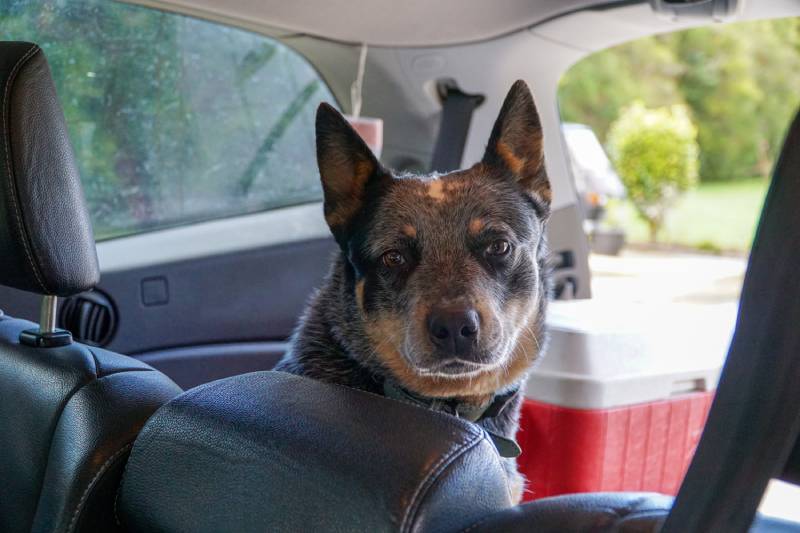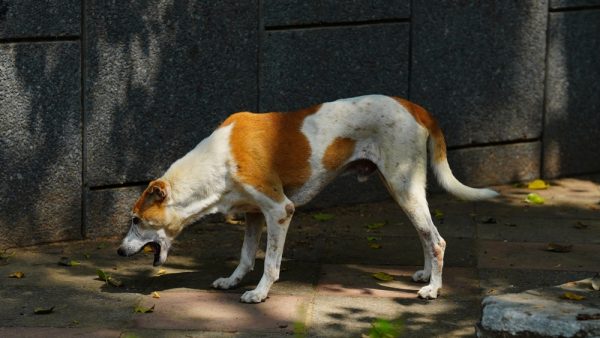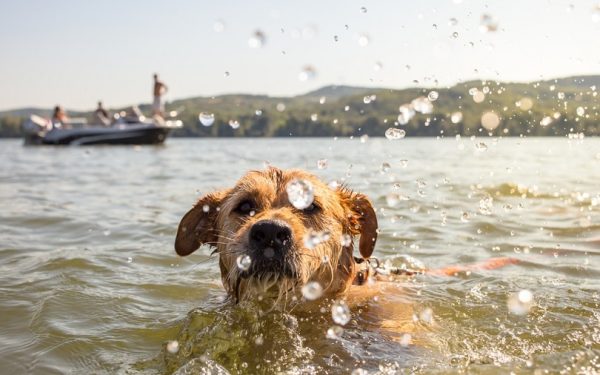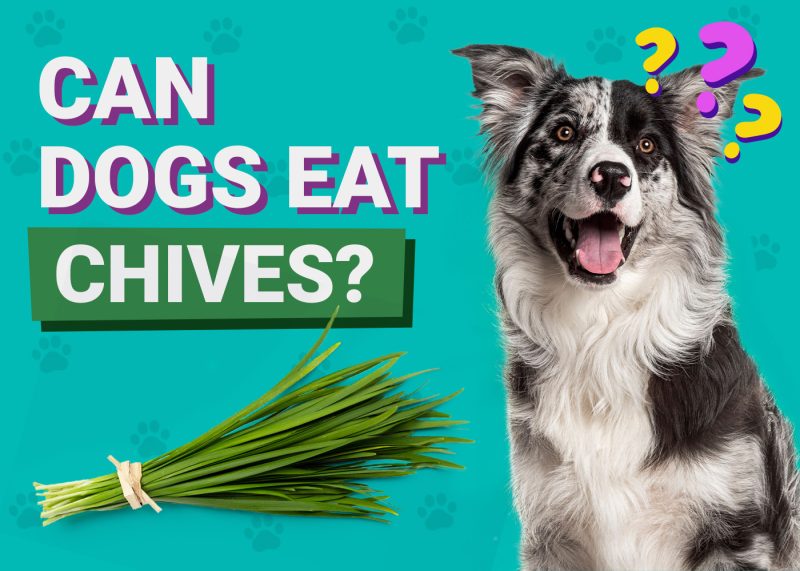In this article
I’m quite fortunate that my dog, Tula, enjoys getting in the car. At least, she enjoys getting out of the car and running around on the beach at the other end of the journey. I’m especially fortunate because many of her car journeys have been to veterinary specialists who are an hour’s drive away. These have resulted in her being left overnight before getting back into the car the next day, still drowsy from anesthesia and in a great deal of pain from her necessary but painful operations.
Beach visits and other happy car journeys mean she still has high hopes whenever that car door opens. Not all dog parents are as fortunate, though. Some dogs dread getting in the car, which can make trips to the vet difficult and put off owners from ever taking their canine companions on longer journeys.

The 5 Reasons Dogs Are Scared of Car Rides
Here, we look at the five main reasons that your dog might be scared of car rides and possible solutions to help overcome the problem.
1. It’s Unnatural
Cars are not the natural domain of canines. In the wild, they would certainly never experience anything similar to the noisy, vibration-laden car journeys that they experience as domestic pets. When we put our dogs in cars, we are asking them to trust us completely and to rely on the fact that we know what is best for them.
Sometimes, the fear of the unknown is greater than the trust they have for us, and this fear is enough to cause some dogs to dig their heels in and give a point-blank refusal a few steps from the car. It can take a lot of coaxing and potentially even the physical carrying of your dog to move them from the curb to the seat.
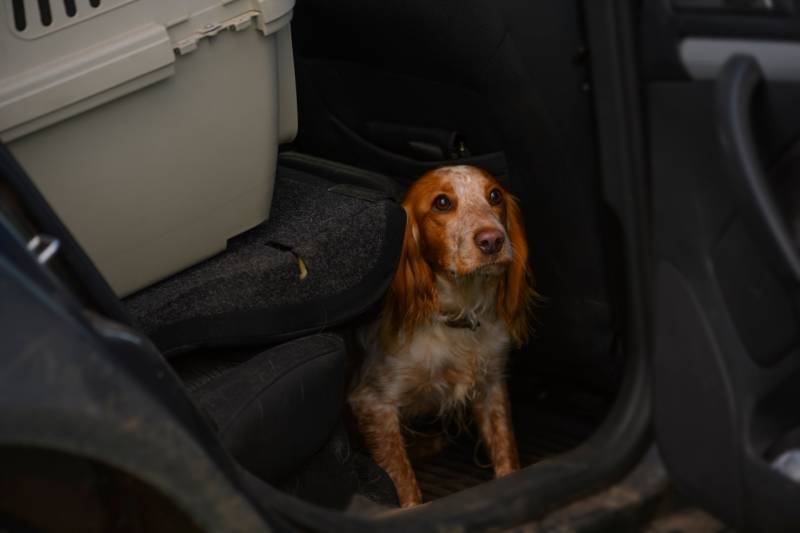
2. It’s Hot
If you do manage to get your dog in the car, typically after carrying them awkwardly into the backseat, they are greeted by a fairly confined space. They have no room to move around freely, and the size of the car combined with the heat coming from the combustion engine or the electric motor means that the internal cabin of the car is usually hot and stuffy.
Even if you open windows and turn the heater off, a lot of the cabin air recirculates, and the car interior still feels stuffy. Then there’s the fact that your dog is stressed and likely panting heavily as a result. This only serves to further increase the temperature and humidity of the air in the car.
3. It’s Noisy
Besides being hot, cars are noisy. Combustion engines create a lot of vibrations, and the car naturally makes noise as the wheels pass over the road surface. Bumpy roads and uneven surfaces magnify the noise that makes it inside, and your dog won’t be able to tell what is causing the noise, just that it is ever present while the car is running.
Navigation, the car radio, and noise from other traffic on the road are added to the cacophony, and the whole thing can become overwhelming.
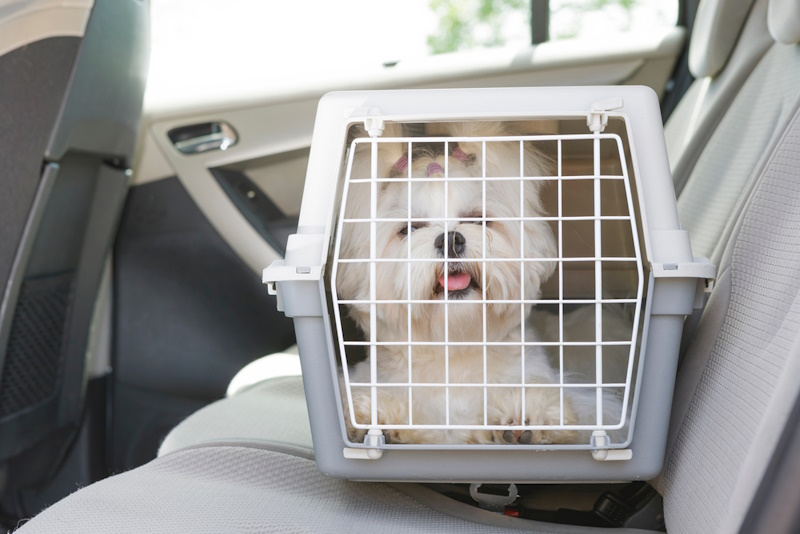
4. They Had a Bad Experience
I’ve had to drive Tula to a dozen or more vet appointments, many of which have included X-rays, CT scans, and operations. All of these trips have been unpleasant, and some have been extremely painful for her. These incidents came at the end of car journeys, so it wouldn’t take much for her to associate getting in the car with these negative experiences.
If you only ever drive your dog to take them to the vet or if they have endured any kind of negative experience while in the car, they will be reluctant to get back in the car for another go.
5. It Makes Them Sick
The motion of the car, the restricted view out of the window, the vibrations, and the stuffy cabin air all add up to potential motion sickness. Some dogs suffer it quite badly and can start to feel sick as soon as the car starts moving. Like people, dogs don’t enjoy being or feeling sick. They don’t like the unexpected salivation, the queasy feeling in the stomach, or what comes next.
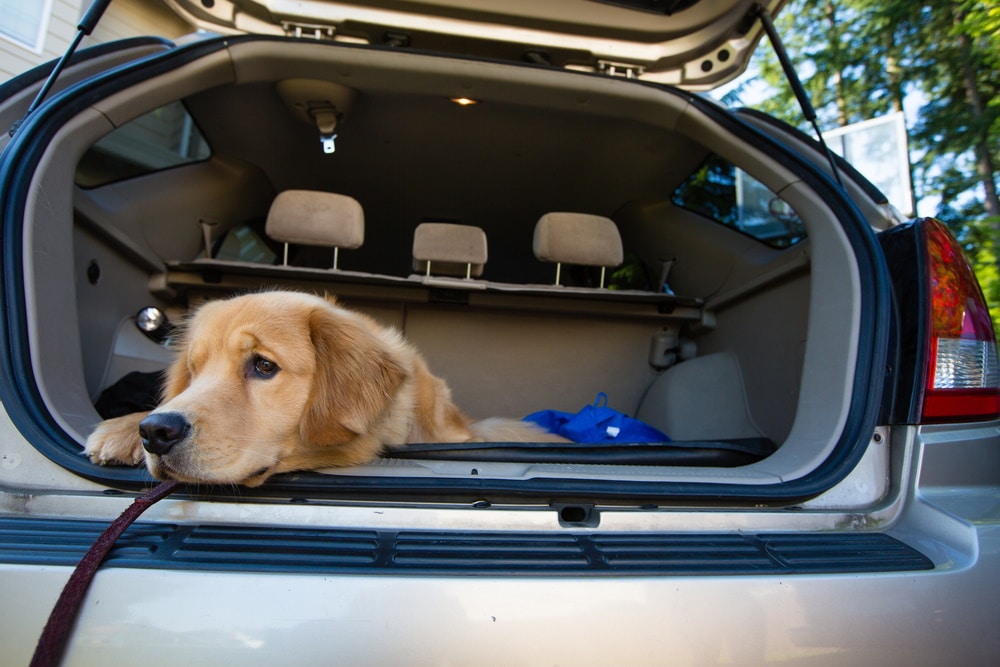

The 5 Ways to Overcome Car Anxiety in Dogs
Car anxiety can turn a potentially enjoyable trip into a real headache. It can also make visiting the vet even more harrowing. While it can make you anxious, your dog will be feeling a lot worse about the whole ordeal. Here are a few tips to help make car journeys with your dog easier.
It might take time, especially as you desensitize your pup to the experience, but it will be worth it.
1. Make Car Journeys Fun
If your dog only ever gets in the car for vet visits and they don’t like the vet, they will view the car as an extension of that negative experience. They will know what’s coming and they won’t like it. So, make some car journeys fun experiences.
I’ll drive Tula to the beach because she loves running around with the other dogs. I’ll drive her to pick up my daughter because she loves attention. I’ll take her with me when I visit my mother because she loves the human treats she gets. She knows that some car trips lead to unpleasant experiences, but she also knows that the other end of the journey could be an altogether more positive experience.
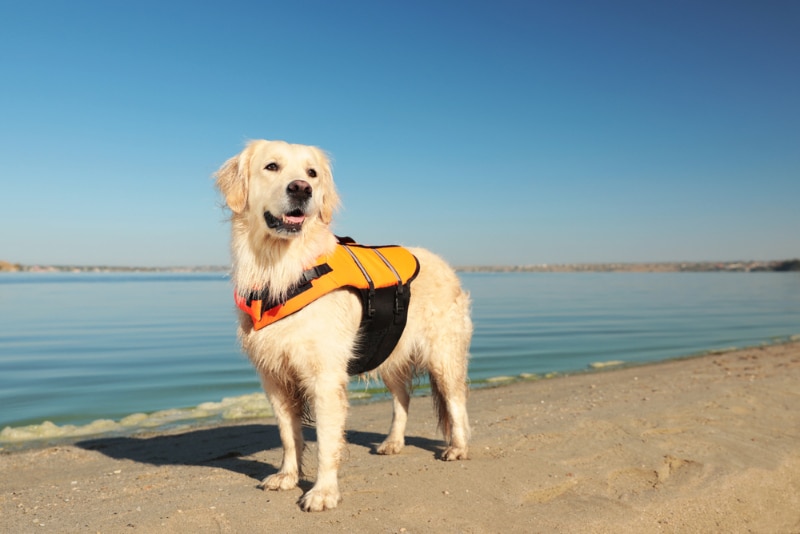
2. Do Gradual Desensitization
If your dog is nervous of car rides, try slowly desensitizing them to the experience. Tula was a rescue from overseas and endured a 2-hour car journey to get to us. When she did arrive, I started with 5- to 10-minute drives around the block and gradually increased the length of the journeys as she became accustomed to them.
She could have probably handled more, but starting with small journeys means that your dog will experience car trips with no negative experiences, so they will be more inclined to get in the car next time. For really fearful dogs, you may have to start even slower by letting them get used to being in and around the vehicle before you actually start driving.
3. Cool the Car Down
Open the windows, turn the air conditioning on, and turn the heaters off. This will not only help prevent the windows from steaming up as your dog pants and exhales lots of damp air, but it will also keep the temperature in the car down.
Having a familiar dog bed or blankets will also make your dog feel more secure and can reduce the likelihood of them losing their balance. This means the environment will be better for your dog, and they will be more relaxed and hopefully, less likely to suffer motion sickness.
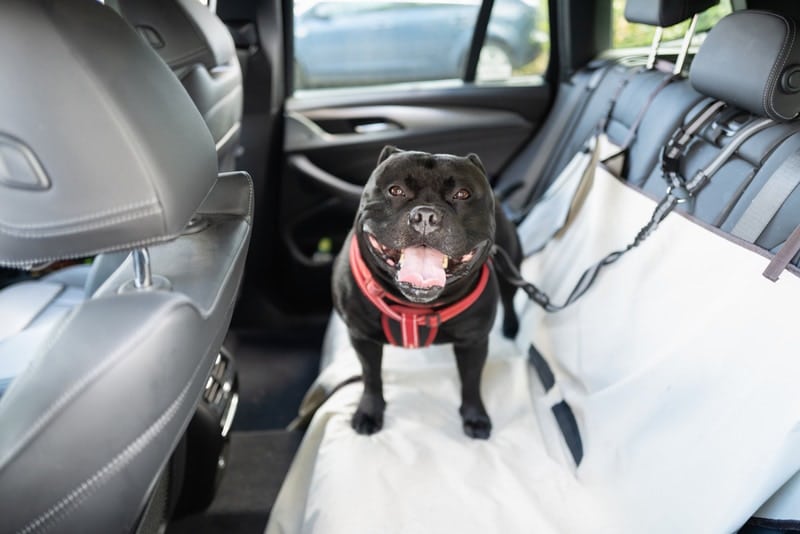
4. Exercise First
If your dog sleeps for the majority of the car journey, they will be less likely to get stressed or anxious about the whole experience. Exercise them before you get in the car, and make sure you wear them out. There isn’t a lot of room in the car, and unless your pup likes to stare out of the window at the world, they won’t have any other way to pass the time.
5. Make Regular Stops
Stop regularly to let your dog get some exercise and possibly have a small snack or treat. They can also get fresh air and cool down after being in a hot stuffy car interior. If your dog gets nervous, they will likely need to pee and poop more often too, so it is a good idea to pull over and let them do it out of the car, rather than inside.
Stop every hour or so, if possible, and let everybody stretch their legs and empty their bladders.


In Conclusion
Dogs aren’t natural car passengers, and everything from the stuffy air to the potentially harrowing experience at the end of the car journey can cause anxiety in even the bravest of pups. Take things slowly, make sure your dog is exercised before you get in the car, and try to make the environment within the car as inviting as possible for your pet. For dogs that continue to suffer from motion sickness, speak to your vet for advice and to see if travel sickness medication may help.
Intersperse necessary car journeys with those that are fun and rewarding for your dog, so they won’t always associate the bang of the car door with a visit to the vet, and you should find that everybody’s anxiety levels are reduced.
- See also: Do Dogs Get Car Sick?
Featured Image Credit: Emilia Kohn Montero, Shutterstock
